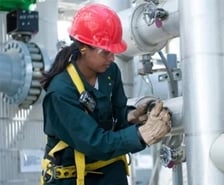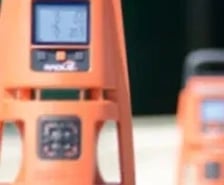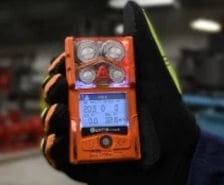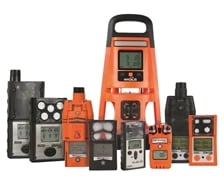Learn More about Gas Detection
If workers on your site risk exposure to one common gas, a single-gas monitor is ideal. However, if they could encounter multiple gases simultaneously, a multi-gas monitor is essential. In both cases, it‘s important that workers have personal gas detection equipment they can attach to their clothing within their breathing zone to alert them to the presence of a dangerous gas.
Personal multi-gas detectors are the ultimate safety companion for workers exposed to hazardous gases. With four-gas and five-gas monitors, you can detect toxic, combustible, and asphyxiant gases, and even customize your sensor settings to match your environment. No wonder these detectors are a top choice for safety-conscious professionals.
Know what gas you want to monitor? We'll help you find the right gas detector.
Monitors are pre-calibrated and come with calibration certificates, so you can get right to work.
Learn whether you should rent gas detectors, choose Certified Pre-Owned (CPO) detectors, or buy new detectors that come with a subscription service.





.jpg?width=418&height=221&name=confined%20space%20white%20paper%20255x180%20(2).jpg)


